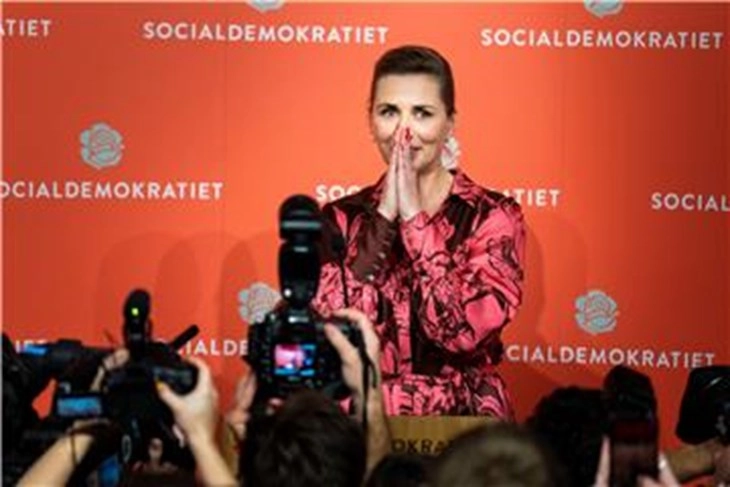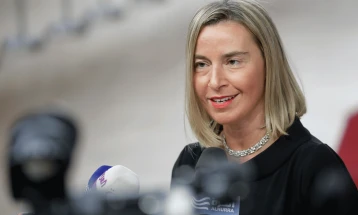Denmark in search of a new government after close election result

Copenhagen, 2 November 2022 (dpa/MIA) - A day after parliamentary elections gave a razor-thin majority to the left-leaning parties around the Social Democrats, Denmark is in search of a new government.
Prime Minister Mette Frederiksen submitted her government's resignation to Queen Margrethe II and stepped down on Wednesday despite her Social Democrats remaining the strongest force - only just - in the Folketing parliament in Copenhagen following Tuesday's early elections.
Denmark now faces complicated and lengthy government negotiations expected to take weeks.
Frederiksen has been given the first chance to form a new government.
She will start the negotiations on Friday and invite all parties as well as representatives from Greenland and the Faroe Islands to her official residence north of Copenhagen, the 44-year-old Social Democrat told TV2.
Frederiksen, who headed a minority government so far, is now striving for broad government cooperation across the political centre.
While this form of government is rare in Denmark, Frederiksen said that it was the right approach given the crises the country currently faces.
While her Social Democrats were again the strongest force, receiving 27.5% of votes in what was their best result in 20 years, Frederiksen told supporters that it was clear that there no longer is "a majority behind the government in its current form."
After counting all the votes cast in the country, the picture tilted to the left at the very last minute, with the left-leaning red camp managing to get 87 seats in Denmark.
The new party of former prime minister Lars Løkke Rasmussen won 16 seats according to preliminary results, while the blue bloc led by the liberal-conservative Venstre party he used to belong to got 72.
Løkke's new centrist-liberal party The Moderates has positioned itself in the middle between the two traditional political blocs.
Frederiksen has led Denmark since 2019 with a Social Democratic minority government, which mostly relies on parliamentary support from left-leaning parties, but also on votes from the right, for example when it comes to strict immigration policy.
Ninety of the 179 seats are necessary for a majority in the Danish parliament in Copenhagen. 175 of these mandates are awarded in Denmark, two each in Greenland and on the Faroe Islands, both of which are officially part of the Danish kingdom.
Frederiksen has two options, political scientist Rune Stubager from Aarhus University told international journalists in Copenhagen on Wednesday. On the one hand, she could actually try to find a broad government with parties from both political blocs. On the other hand, she might also be able to rely on the narrow red majority.
Almost 4.3 million Danes were eligible to cast their ballots; among them were an estimated 200,000 first-time voters.
The campaign focused on domestic issues as well as the fight against inflation and high energy prices.







